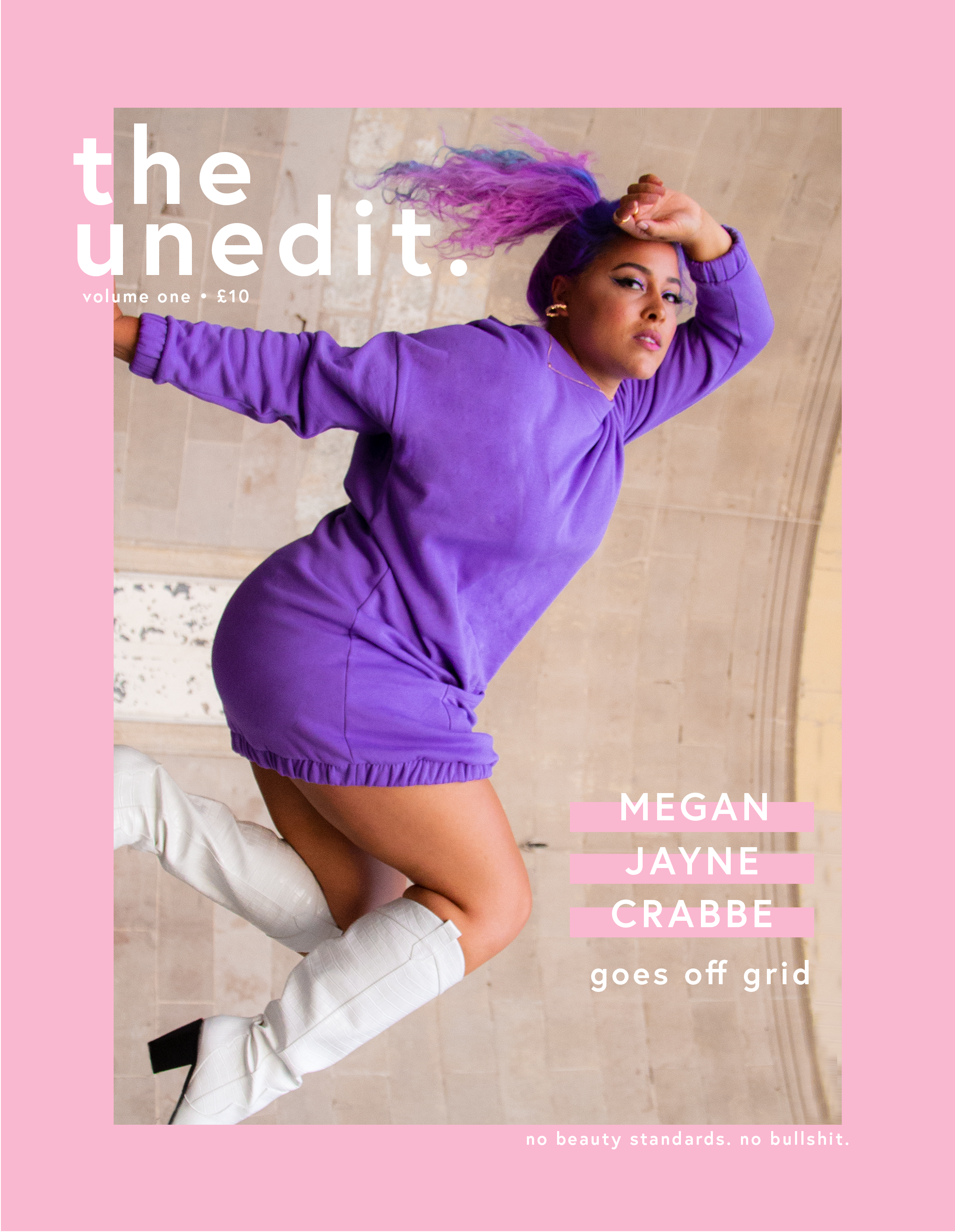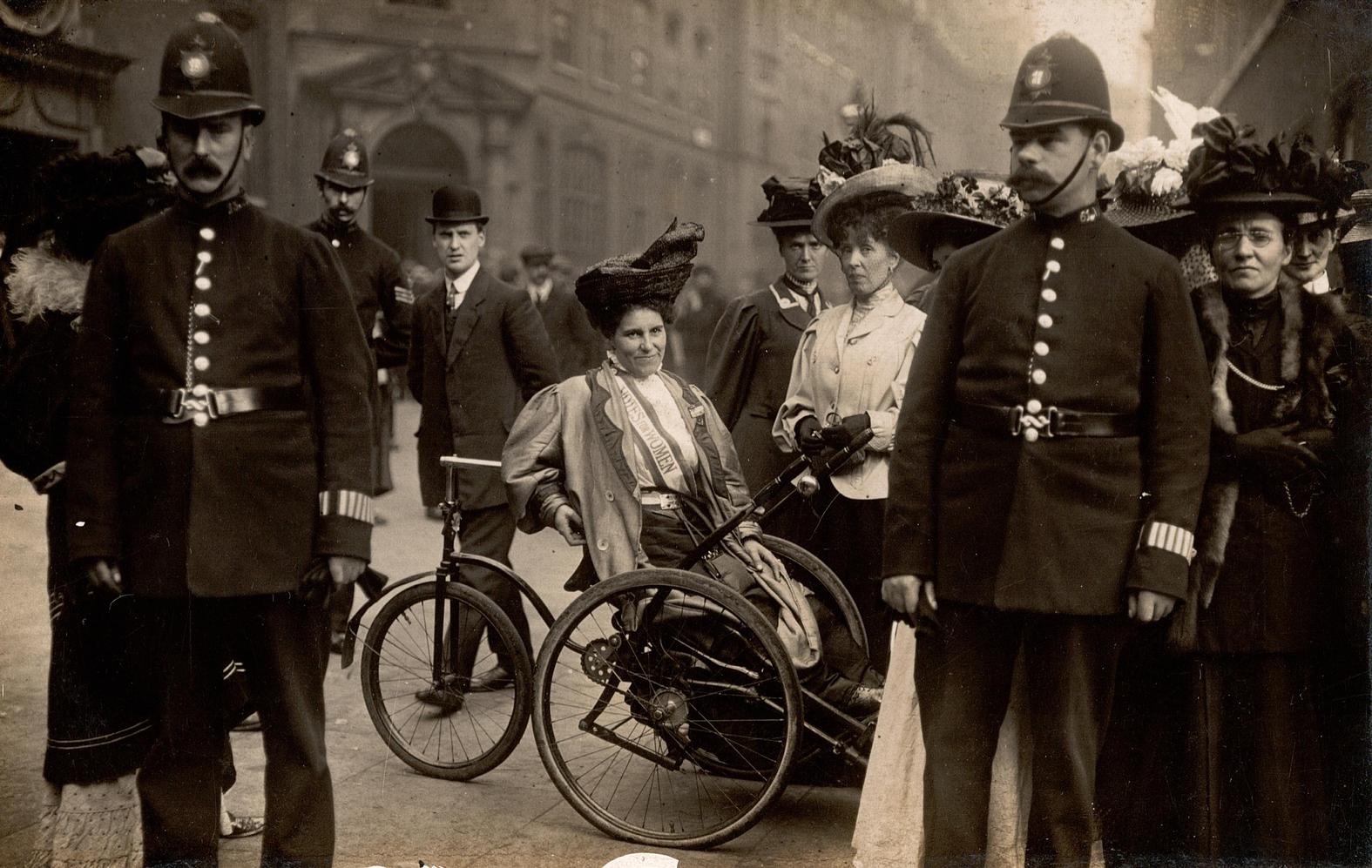As The UK Celebrates The Centenary Of The Women's Vote Today, We Look At The Marginalised Women Who Helped Shape The History Of Suffrage
A quick history lesson for you: First off, the centenary that today represents marks only the first portion of women's right to vote. As of 100 years ago today, 6th February 1918, the Representation of the People Act was passed, allowing women over the age of 30 and those 'of property' to vote. At the same time, all men over the age of 21 were given the right to vote. Eight months later, on 21st October, The Parliament (Qualification of Women) Act was also passed, allowing women to stand for Parliament, and on 14th December of that year, eligible female voters voted in their first ever general election. It wasn't actually until July 1928, when the Equal Franchise Act was passed that all women over 21 could vote and had equal voting rights to men. Women aged between 21 and 29 were able to vote for the first time on 30th May 1929. Fast forward 40 years, the UK government lowered the voting age to 18 for both men and women, and despite a 2008 bill asking for a voting age of 16, the UK still only allows voters aged 18 and over.
The first I ever heard of the Suffragettes was watching Mary Poppins as a kid, where the children's mother, Winifred Banks comes home from a meeting whereby a fellow Suffragette chained herself to the wheel of the Prime Minister's carriage. The scene then goes into her singing her protest song, Sister Suffragette, still donning her Votes For Women sash. I then heard nothing more about the Suffragettes apart from the odd comment, and knew nothing more about them other than they fought for the right to vote. It was never covered in my history lessons - apparently it was taught later on, when the subject became non-compulsory - and I remained pretty unaware of the Suffragettes until I was a lot older. Even then, when I knew about the stories of Emmeline Pankhurst and Emily Davison — plus watched the Michelle Williams movie, Suffragette — my idea of who the Suffragettes were seemed to follow a certain pattern: heterosexual, able-bodied, and white.
Of course, this is not actually the case. White suffragettes are more prominently remembered in the history of the women's vote as a result of whitewashing and historical erasure of marginalised people, potentially put down to the views of male historians following on from that time. But with the centenary and the celebration of Women's Suffrage, comes a celebration of the unseen, uncelebrated Suffragettes.
Back in 2010, a BBC journalist by the name of Anita Anand discovered an image of Sophia Duleep Singh selling copies of The Suffragette. Singh was a daughter of the last Maharaja of the Sikh Empire, and was goddaughter to Queen Victoria. Singh made large donations to the cause and became a key figure in the Suffragette movement, additionally endorsing the Women's Tax Resistance League. She appeared in court on counts of not paying tax, but still refused, as well as refusing to pay the fines that came with the charge. She was arrested multiple times for her activism, but was never imprisoned as, due to her regal links, it would've been seen as an embarrassment to the British establishment. Singh's sister, Catherine, was also involved in the Suffragette movement and was openly in a lesbian relationship with a German governess. Anand, fascinated by Singh, yet disappointed by the lack of information about her available, went on to publish a book in 2015, Sophia: Princess, Suffragette, Revolutionary.
Source: The Suffragette, Copyright WSPU, courtesy of National Archives
Rise Up Women! The Remarkable Lives Of The Suffragettes by Diane Atkinson explores the stories of the Suffragettes who didn't match the cookie-cutter pattern that we'd come to see them being represented as. Atkinson talks about queer Suffragettes, including Evelina Haverfield, who was in a same-sex relationship with Vera 'Jack' Holme, who was also chauffeur to the Pankhursts. It was said that the pair carved each other's initials into their wooden bed frames. There were also Lettice Floyd and Annie Williams, who according to Atkinson were a 'very open couple', and made no bones about their sexuality. These names are only scratching the surface of an entire community of LGBT Suffragettes who are overlooked in history.
As well as queer women and women of colour standing as key figures in the movement, disabled women were also forces to be reckoned with. Rosa May Billinghirst (pictured below), for example, founded WSPU (Women's Social and Political Union)'s Greenwich branch, and took part in multiple campaigns including the 1912 window smashing campaign. If she doesn't sound badass enough already, it's reported that she used her hand-propelled tricycle to ram police during protests too, according to expert and historian, Sheila Hanlon. Additional to Billinghirst was Adelaide Knight, another disabled Suffragette from a mixed race, working class family. From 1906, she was secretary to the WSPU's Canning Town branch and was recognised as a key organiser in her local area.
Source: LSE via Flickr Header Source: Getty Images
Why is it that we're only hearing of these stories now? How comes they were missing from the history of Women's Suffrage an entire century on? Hanlon says it's down to historians to revisit primary sources that sculpt the true landscape of the Suffragette movement and the unrepresented women who fought to make change happen.
“We need to go back to the original records and re-write how we look at suffrage history,” she says. “If you’re looking for working class or LGBT suffragettes, or suffragettes of colour or suffragettes with disabilities, then the place to find them is back in the archives.”
“All of these things,” Hanlon adds, “race, class, disability, sexuality, gender — they all worked together and are a really important part of the unwritten story of suffrage.”
So here's to the unsung heroes who the history books overlooked — thank you for all that you did for us.










